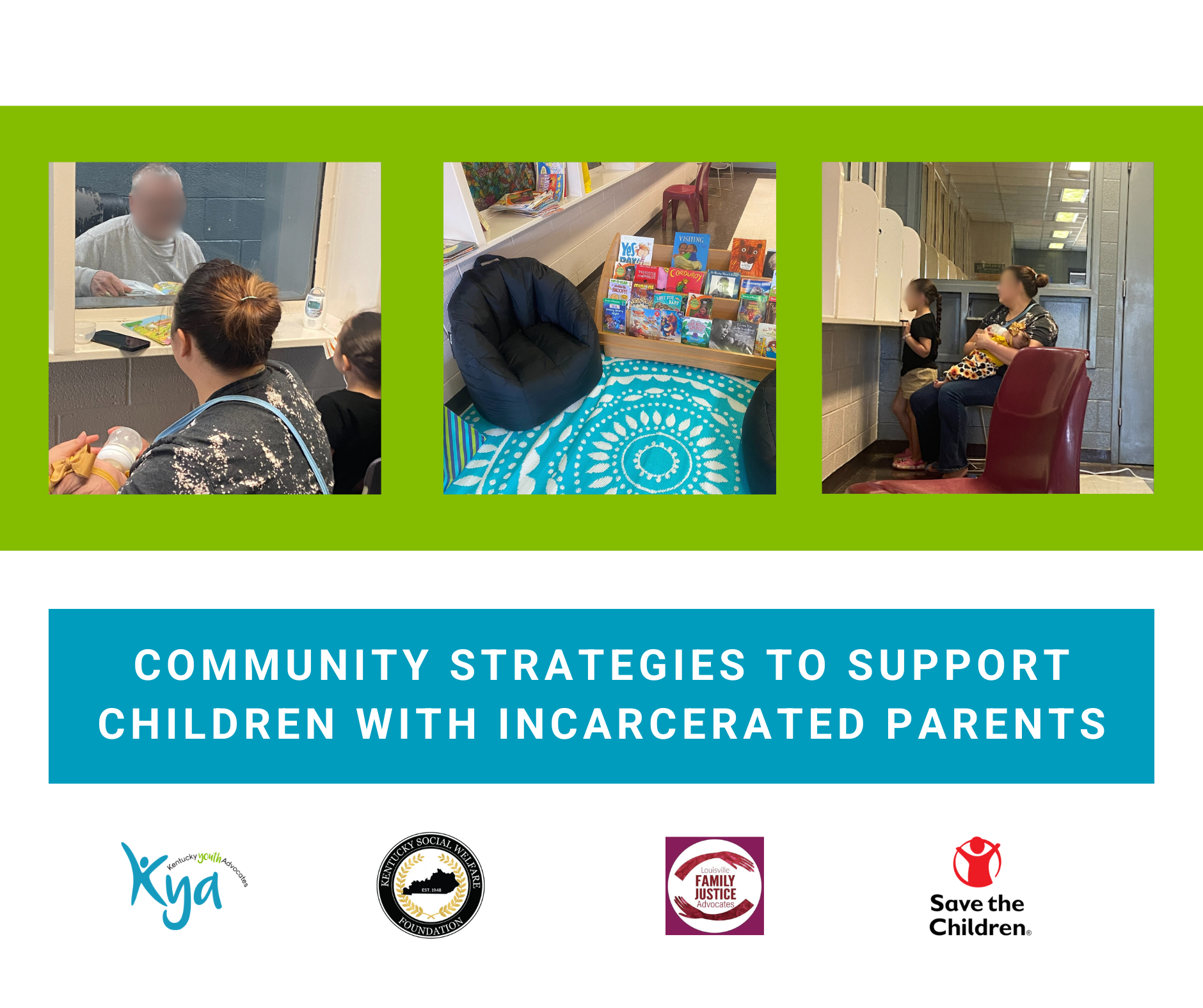This post originally appeared as an op-ed in the Courier-Journal on September 20, 2016. Read it online here.
 Children in Kentucky’s public schools spend a minimum of 170 days a year in the classroom. For some students, one or more of their days could find them in a situation where behaviors, classified as beyond control, lead to a staff member in their school employing a physical restraint or utilizing a seclusion room. This reality is especially true for students who have severe emotional or behavioral issues.
Children in Kentucky’s public schools spend a minimum of 170 days a year in the classroom. For some students, one or more of their days could find them in a situation where behaviors, classified as beyond control, lead to a staff member in their school employing a physical restraint or utilizing a seclusion room. This reality is especially true for students who have severe emotional or behavioral issues.
During the 2014-2015 school year, districts around the Commonwealth reported 5,895 incidents of restraint to the Kentucky Department of Education. Restraints present a risk of injury to both student and staff. In the case of Jefferson County student Brennen Long, a restraint nearly ended his life.
Brennen’s parents spoke up after their child experienced near fatal injuries, those of which left him in intensive care for a week and unable to walk for 42 days, and asked for answers on how severe injuries like his could happen in school. The Long family’s situation and willingness to discuss it publicly helped to shine a light on an issue that is often quietly dealt with. This family’s courage to speak up should be commended as they are key in raising awareness around the issue of child safety and the use of restraints.
Another key player in raising the profile of this issue was the Child Fatality and Near Fatality External Review panel. We are a proud partner of the Kosair Charities Face It® Movement to end child abuse, which worked to get this panel into law a few years ago. The panel looks at cases of child deaths or near deaths due to abuse or neglect in order to get an understanding of systemic issues and to make recommendations for improvements to help prevent these tragedies. The above case came to the attention of the panel at which point a comprehensive review took place. The panel identified the case as child abuse and called on state and police agencies to review and possibly reopen the investigations. The panel also voiced concerns that restraints based off of the Aikido method could result in injuries including broken bones. The panel’s recommendations and concerns lead to systemic action.
In August, Kentucky Education Commissioner Stephen Pruitt announced the decision to prohibit the use of Aikido (martial arts) techniques and for school districts to submit the names of all agencies providing training on restraints to schools. This is a clear win for public school students and staff in Kentucky. We applaud Commissioner Pruitt for taking this action and ensuring the students in our public schools are at a lower risk of being injured as a result of a restraint.
Keeping kids safe is an adult responsibility. It took Brennen’s parents, community members, the panel, the media, and a leader like Commissioner Pruitt to make a systemic change that will keep kids safer in schools. In the same way, this significant change was made, we can also use the same steps to keep children safe in all settings.
Youth are still learning, even into early adulthood, how to regulate their behaviors and respond appropriately. Their brains are not yet functioning like adult brains. All adults working with youth who demonstrate harmful behaviors need to be prepared in a way to respond in a way that is safe, calm, and best for the child.
And now we have a new opportunity. We know schools are not the only environment where those behaviors and restraints occur. Parallel action needs to take place in settings where Aikido techniques are still being used on children, specifically in some Kentucky residential and juvenile justice facilities.
Dr. Terry Brooks, executive director of Kentucky Youth Advocates






Leave A Comment